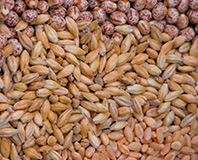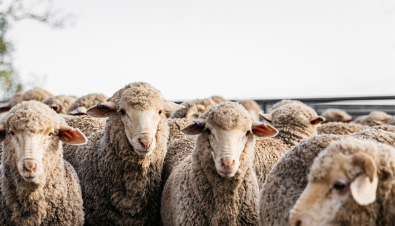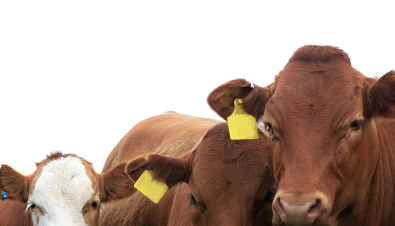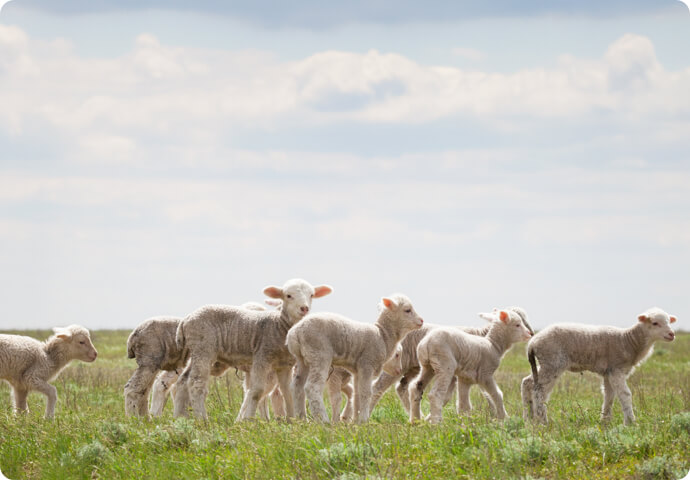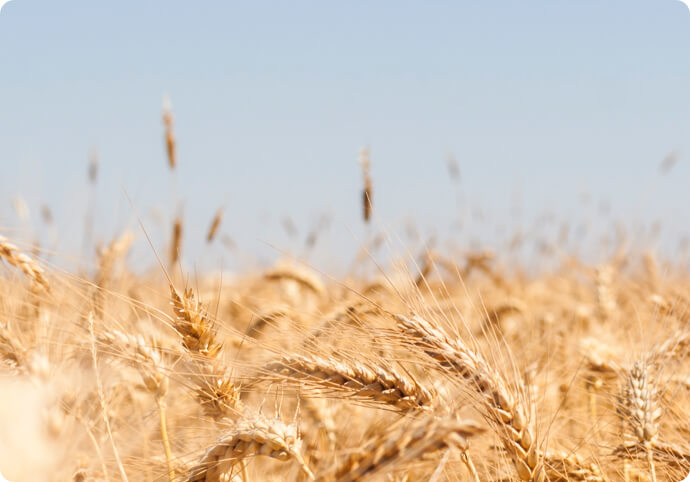Grains | Grains pests | Grains product management | Grain storage options | Organic grains product management
Organic grains product management
Good biosecurity practices are important at every step of product management; from ensuring seed is pest and weed free, to the responsible use of chemicals, and good grain storage practices.
Purchase seed from a reputable source
Where crop and pasture seeds need to be obtained from outside your farming operation, to reduce the risk of introducing new pests, be sure to source it from a reputable supplier. Infected, infested or contaminated seed is a major source of pests and weeds to a farm. Seed that is certified organic does not necessarily mean it is pest free; ideally, the seed should be certified to be pest free.
While it is a requirement of organic standards that, in the first instance, every effort is made to use organic seeds, this should not compromise the biosecurity of your farming operation. Provision currently exists to utilise conventional seed if suitable organic seed is unavailable provided you can demonstrate that every effort has been made to source organic seed first. Note that seed used on organic farms is not permitted to be chemically treated with products such as fungicides or other non-approved pest control products.
A range of products are used by organic farmers as alternative seed treatments these include hot water, approved disinfectants, compost teas, herbal and biological treatments (eg essential oils) and commercial products. The efficacy of some of these treatments is unknown and therefore may or may not protect seed against pests. If unsure, seed should be inspected by an accredited laboratory prior to use. The use of GMO seed is prohibited in organic farming systems.
You cannot accurately assess seed quality just by sight. Seed which appears clean and healthy can still carry diseases without showing symptoms, and may also contain weed seeds. Hence, you should ask where the seed originally came from and always try to purchase certified or quality assured seed. Read the label for information on pure seed content or obtain a Statement of Analysis detailing seed purity, weed seed content and germination quality.
Keep a copy of the certification report on record as this will assist with any trace-back activities should a new pest be found. As well as records of your seed source, also keep trace-forward records of produce that has left your property. These records not only aid in containment/eradication of a potential exotic pest incursion but are also a requirement for organic certification.
Grain storage
Grain storage is an important aspect of organic grain production, especially in a closed system where grain may be retained for sowing of future crops. Ideally measures should be taken to reduce the risk of infestation in the first place, rather than relying on control measures after the event. This relies on maintaining good hygiene around your storage areas, including making sure grain handling equipment like headers, augers, field bins, silos and bulk storages are clean before use. This can be achieved using either high pressure air or water. Areas around grain storages should be kept clean to limit places where mice and insects can multiply.
Stored grain should be inspected every month for live insects and grain should only be treated when insects are found. A number of organic compatible practices are available to maintain grain quality and stop or eliminate a pest infestation.
Grain storage management and design
- Storage design should be compatible with maintaining good hygiene. Storages should allow easy cleaning and inspection. Staff should have proper training in safety and hygiene. Set up a system to record all checking and hygiene procedures.
- Sealed (gas tight) storages allow for the use of controlled atmosphere (CA) to eliminate insects. Seals should be pressure tested and any faulty rubber seals repaired. Once treated, a sealed silo prevents re-entry of insects as long as it is sealed.
- Keep stored grain as cool as possible since low temperatures slow or prevent insect development. Silos can be painted white to reflect sunlight and heat. Grain cooling can also be facilitated by aeration, which involves forcing air through ducts in the storage floor, usually at night.
- Use traps in and around storages, to detect pests at lower levels than can be detected visually. Note that maps of pest control traps and monitoring equipment are required for organic certification.
- Unless seed is being kept for planting, try keeping grain storage time to a minimum to avoid reinfestation.
Temperature treatments in storage
Aeration cooling
Aeration is the practice of moving air through stored grain to reduce the rate of grain deterioration and prevent storage losses.
Aeration is usually by means of ducts in the floor, through which cool air is fanforced at low speeds and vented at the top, though it can be forced from top to bottom with extractor fans in the floor ducts. Aeration is generally done at night when the outside air is coolest.
In-store drying
In the Australian climate, in-store drying can often be achieved without artificial drying. Artificial drying systems can allow earlier harvest and less harvest time lost due to weather stress, however, it is easy to overheat grain in an artificial dryer. Temperature varies considerably and this can have a detrimental effect on dough properties of wheat.
Heat disinfestation
Heat disinfestation offers a rapid chemical-free process for the disinfestation of grain. While other techniques represent cheaper alternatives, heat disinfestation may become a useful strategy as technological advances are made. It is not yet available commercially.
Heat disinfestation aims to create high grain temperatures (around 63oC or higher) for brief periods (around a minute or so) and thus achieve a complete kill of insect pests. Rapid cooling following immediately after the required heat dosage minimises the damage to grain. For long-term storage, heat disinfestation needs to be integrated with other methods such as cooling or sealed storage to avoid re-infestation.
Mineral dusts (Dryacide® and Absorba-Cide®)
Mineral dusts are based on diatomaceous earth and are compatible with organic production. They work by adhering to and absorbing the waxy coatings on insects resulting in death. They can be applied to grain using a pickle applicator, but grain must be stored at the normal standard moisture content for effectiveness. They can also be used to treat empty storages prior to use.
NOTE: Mineral dusts are not accepted by bulk handlers and grain traders as it slows grain movement through augers and affects some grain qualities.
These products are therefore more suitable for on-farm storage of grain that is intended for re-use on the farm.
Controlled atmospheres
Controlled atmosphere using carbon dioxide is an effective way to kill a pest infestation. Sealed (gas tight) storage is required, and carbon dioxide must remain at a concentration above 35% for 14 days at all points in the storage to kill all life cycle stages. Nitrogen gas is also being investigated as a potential treatment for insect pests.
Natural insecticides
Natural insecticides such as Neem (a botanical insecticide derived from a tree native to India, Pakistan and Bangladesh) are not permitted for storage of organic produce and are generally unsuitable for commercial use in their natural state, due to cost of production and instability.
Waste management
It is important to include a waste management system as part of the biosecurity plan and OHP. Waste byproduct that is allowed to accumulate can attract pests. Types of waste could include old grain, spoiled fodder and livestock carcasses. A waste management plan should identify the most appropriate disposal methods to minimise the risks and could include strategies such as the use of on-site dumpsters or off-site waste removal services, material recycling, composting, field application and burial.
Contractors and utility providers
Organic Management Plans and Organic Handling Plans require organic producers to provide detailed descriptions relating to use of contractors and the precautions taken to avoid contamination from external sources. In order to retain certification, organic producers should keep detailed records and/or contractor declarations of contracting procedures.
Raise awareness among contractors by providing them with a copy of PHA’s Grains contractors fact sheet (available under ‘Biosecurity plans, manuals and resources’).

